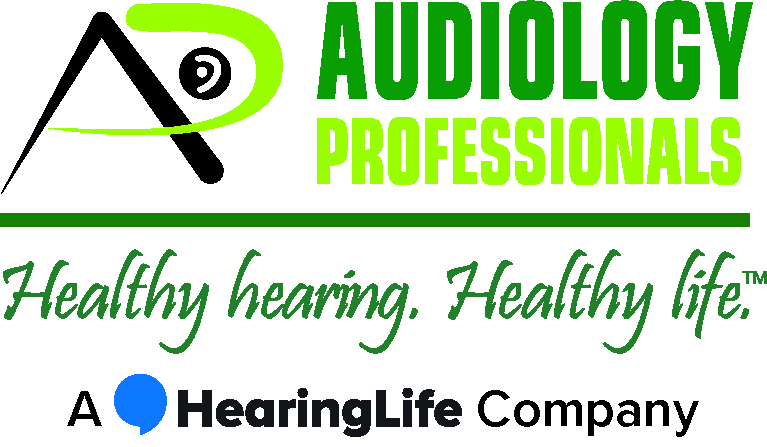Hearing aids are essential devices for millions of people, enhancing their ability to connect with the world around them. Like any technological tool, hearing aids can experience issues and require repairs.
This comprehensive guide outlines seven common hearing aid repairs and how to handle them, ensuring that your hearing aid remains in optimal condition.
7 Common Hearing Aid Repairs You Should Know About
Help troubleshoot your hearing aids with these 7 common hearing aid repairs.
1. Battery Replacement
One of the most frequent hearing aid repairs is the simple replacement of batteries. Depending on the model and usage, batteries can last anywhere from a few days to several weeks. Knowing the right type and how to replace them is crucial for continuous functionality.
2. Cleaning and Removing Wax Build-Up
Wax build-up can interfere with the hearing aid’s performance. Regular cleaning using specific tools provided by your hearing healthcare provider can help prevent this common problem. It’s wise to ask for a demonstration during your hearing aid fitting.
3. Microphone and Speaker Repairs
If you notice a change in sound quality, the microphone or speaker might be the issue. These parts can occasionally need repair or replacement. The specialists at Audiology Professionals would be happy to see if your microphone or speakers are having problems.
4. Tube Replacements for Behind-The-Ear Models
For those with behind-the-ear models, the tubes can become stiff or discolored over time. Tube replacements are common and often something you can do at home with proper guidance.
5. Reprogramming for Changing Hearing Needs
As your hearing needs change, your hearing aid might require reprogramming. Consult with your hearing specialist to ensure that your hearing aid’s settings are tailored to your current hearing profile.
6. Shell Repairs for Custom Fitted Devices
Custom-fitted devices may sometimes need adjustments to the shell for comfort and effectiveness. This requires a professional’s touch, so don’t hesitate to reach out to your local hearing care provider if you feel discomfort.
7. Addressing Connectivity Issues
Modern hearing aids often have connectivity features, allowing them to sync with various devices. Connectivity issues can arise and might need professional troubleshooting to resolve.
Contact Us Today!
Still have questions? If you would like to speak with one of our hearing care professionals, get in touch today. Contact the Audiology Professionals team by calling (541) 228-9233. Alternatively, click here to contact us online.
